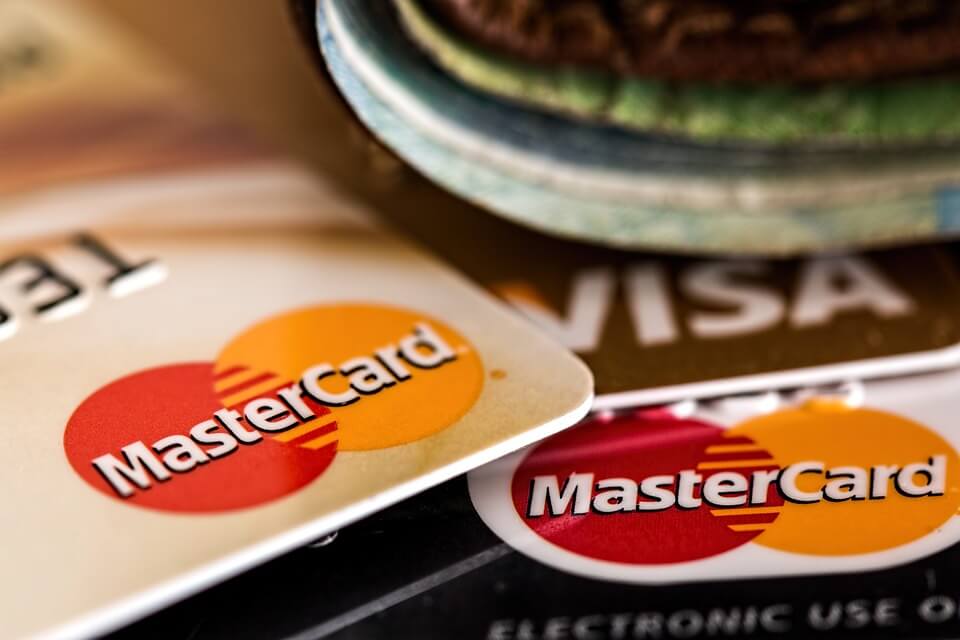Did you know that seven in ten Americans have at least one credit card? Contactless payment has become a crucial part of every small business. There are so many advantages that such payments bring, but there also come a few questions. For instance, how do credit card transaction fees work? Contactless payment seems particularly complex to those who’ve just started their business or who’ve just implemented this form of payment.
So, every time the monthly card processing statement comes, you begin to wonder whether it was the best idea to go down this road. But it was – you just need to look into it. From the average credit card processing fees to one-time interchange rates, assessments, and everything else in between, there’s so much you should know. Understanding how contactless payments are processed is of crucial importance for you to run your small business successfully. Fees are an integral part of the process, so let us break it down to help you grasp the concept. It’s not that complex when you have some time to learn more about it. So, it’s best to take it step by step.
Learn More About Typical Credit Card Transaction Fees
One of the first things you, as a small business owner, should do is to learn about what a merchant account is and how to set up your merchant account. Once you do that, you’re one step closer to processing credit cards and generating more revenue. And both you and your loyal customers are thrilled about this convenience. But then, something strange happens – you get your monthly statement, and you see all kinds of rates and charges. Let’s see what the most common ones are.
Flat Payment Processing Fee
Among others, there will be a payment processing fee that your chosen processor charges for processing all transactions. In fact, they charge you for every kind of activity, such as setup, monthly usage, and even account cancellation. This type of fee is flat, which differentiates it from percentage-based ones, also called processing rates.
Merchant Bank Markup Fee
This one is imposed by the merchant bank, i.e., the acquiring bank. The amount they charge you usually depends on the industry, amount of sale, monthly processing volume, and other factors.
Interchange Fee
Furthermore, there are interchange fees as part of effective rates. Unlike the previously mentioned, these are paid from the acquiring bank (merchant account) to the issuing bank (customer account). They differ depending on your chosen network (Visa, MasterCard, American Express, etc.).
PCI Compliance
Another service all merchants are charged for is PCI compliance. The rate usually ranges from $35 to $99 per year. There is also a PCI non-compliance fee, which is charged when merchants fail to meet security standards. These usually set you back about $20 per month.
Assessment Fee
Assessments fall under the credit brand fee category. Thus, they are paid directly to the network for using their brand. While interchange fees are charged per transaction, assessments are based on total monthly payments, and thus, they’re usually lower. The amount charged depends on several factors, such as the volume of transactions, as well as whether your customers use credit or debit cards.

Parties Deciding on Card Processing Fees
The parties involved here are those who make transactions possible. As it usually happens, everyone wants their cut for what they offer to make the process happen. So, there’s the processor, which charges for the very service of processing transactions. Just like the processor, the merchant bank charges merchants for accepting cards. Networks take their share for using their brand.

How Fees Depend on Card Functionality and Distributor
Card functionality refers to the difference between debit and credit cards. Credit cards are usually more expensive to process. As for debit cards, there’s a difference between those that have a PIN and those that require a signature for authorization. The latter are usually processed like credit cards, and, thus, are more expensive.
The distributor refers to the preferred networks. As previously mentioned, different networks have different rates, so the final amount charged differs.

Best Ways to Reduce Transaction Fees
With so many different rates that small businesses have to face regularly, one of the first thoughts that come to mind is whether it’s possible to reduce them. The good news is that you can take certain steps to reduce these costs. Here are some of the most effective ones:
- Your point of sale (POS) should be your physical store whenever possible
- Do what you can to reduce the chargeback risks
- Use an address verification service (AVS)
- Be careful when setting up your account, as even the smallest mistakes can cost you a lot down the line
- Feel free to look for professional assistance

In a Nutshell
Merchants who’ve implemented the Square payment system (or are thinking about it) might also be interested in learning how changes in Square payment fees affect small businesses. If you need some tips for expanding your business or any other kind of help, it might be time to turn to experts that understand your specific needs. Feel free to look for assistance whenever there’s something you can’t deal with. With an expert card processor and merchant service provider, you can take your small business to a higher level.






